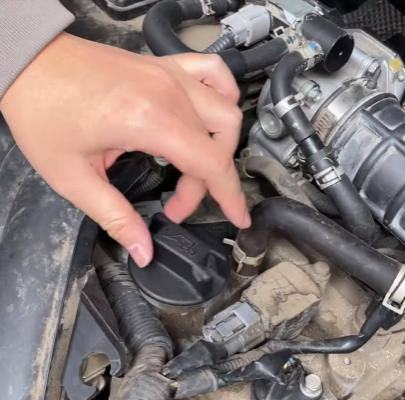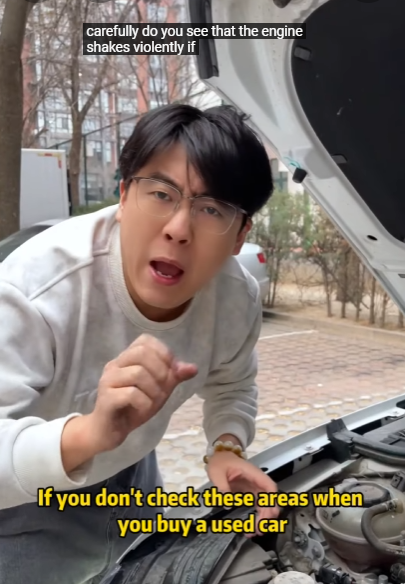
Buying a used car can be a great way to save money, but it also comes with risks. Dishonest sellers and hidden issues can turn what seems like a good deal into a costly mistake. To ensure you get a reliable vehicle at a fair price, follow these essential steps to avoid being cheated when purchasing a used car.

1. Do Your Research
Before even stepping onto a lot or contacting a private seller, educate yourself about the car you want. This includes:
- Determining Your Budget: Know how much you can afford, including insurance, registration, and potential repairs.
- Researching Reliable Models: Some cars have better longevity and fewer mechanical issues than others. Look up reliability ratings and consumer reviews.
- Checking Market Prices: Websites like Kelley Blue Book, Edmunds, and Autotrader can help you understand the fair market value of a car based on its make, model, year, mileage, and condition.
2. Buy from a Reputable Seller
- Certified Dealerships: They may charge more, but they often provide warranties and ensure the car has been inspected.
- Reputable Online Platforms: Websites like Carfax, AutoTrader, and Cars.com provide listings with vehicle history reports.
- Private Sellers: Be cautious—meet in a public place, avoid sellers who pressure you, and always insist on seeing the title and service records.
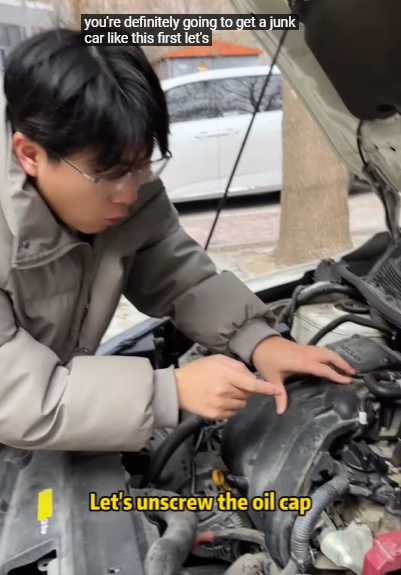
3. Inspect the Car Thoroughly
A visual inspection can reveal a lot about a used car’s condition. Look for:
- Exterior Issues: Check for dents, rust, uneven paint, and gaps between body panels (which can indicate previous accidents).
- Tire Condition: Uneven wear can signal alignment problems or suspension issues.
- Interior Wear and Tear: Check the seats, dashboard, and electronics to ensure everything is functional.
- Fluid Levels: Low or dirty oil, coolant, or transmission fluid can indicate poor maintenance.
4. Get a Vehicle History Report
A Carfax or AutoCheck report provides valuable information, including:
- Accident history
- Title status (e.g., clean, salvage, rebuilt)
- Odometer readings to detect rollback fraud
- Previous ownership and maintenance records
If the seller refuses to provide a history report, consider it a red flag.
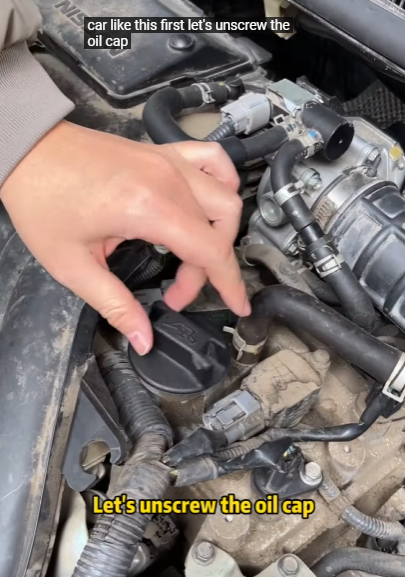
5. Test Drive the Car
Never buy a used car without test-driving it. Pay attention to:
- Starting the Engine: It should start smoothly without strange noises.
- Braking: The brakes should feel firm and not make grinding or squeaking sounds.
- Steering and Handling: The car should drive straight without pulling to one side.
- Acceleration and Transmission: The car should shift gears smoothly without hesitation or jerking.
- Warning Lights: Check if any dashboard warning lights stay on.
6. Check for Odometer Fraud
Some dishonest sellers roll back odometers to make the car appear to have lower mileage. To avoid this:
- Compare the mileage on the dashboard with the vehicle history report.
- Look at wear on the pedals and steering wheel—excessive wear with low mileage is suspicious.
- Check maintenance records for consistent mileage tracking.

7. Have a Mechanic Inspect the Car
A pre-purchase inspection by a trusted mechanic can uncover hidden issues. The cost is usually between $50-$150, but it can save you thousands in future repairs.
8. Watch Out for Scams
Common used car scams include:
- Title Washing: Selling a car with a salvaged title as if it has a clean title.
- Curbstoning: Unlicensed dealers posing as private sellers to unload defective cars.
- Fake Escrow Services: Scammers asking for payment through fraudulent escrow services.
- Too-Good-To-Be-True Deals: If the price is significantly lower than market value, it may be a scam.
9. Negotiate Smartly
- Use the research you gathered to negotiate a fair price.
- Be prepared to walk away if the seller refuses to budge.
- Don’t be pressured into making a quick decision—take your time to evaluate the deal.
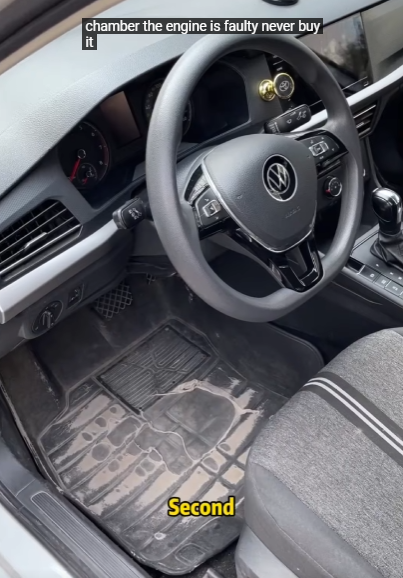
10. Finalize the Purchase Properly
- Check the Title: Ensure the name on the title matches the seller’s ID.
- Verify the VIN: Make sure the Vehicle Identification Number (VIN) on the car matches all documents.
- Get a Bill of Sale: This serves as proof of the transaction.
- Transfer the Registration: Complete the necessary paperwork to legally own the car.
Conclusion
Buying a used car requires patience, research, and due diligence. By following these steps, you can avoid scams, hidden problems, and overpaying. Always trust your instincts—if something feels off, walk away. A well-informed buyer is a confident buyer, and with the right precautions, you can drive away in a reliable car at a fair price.
